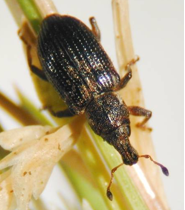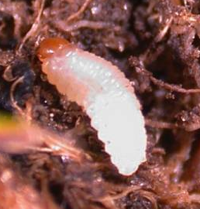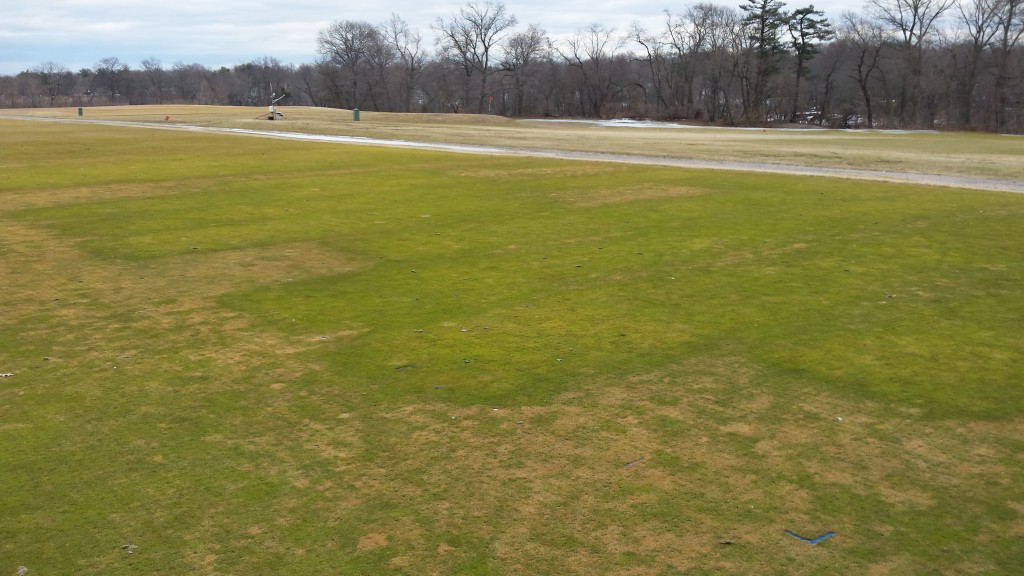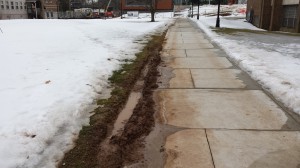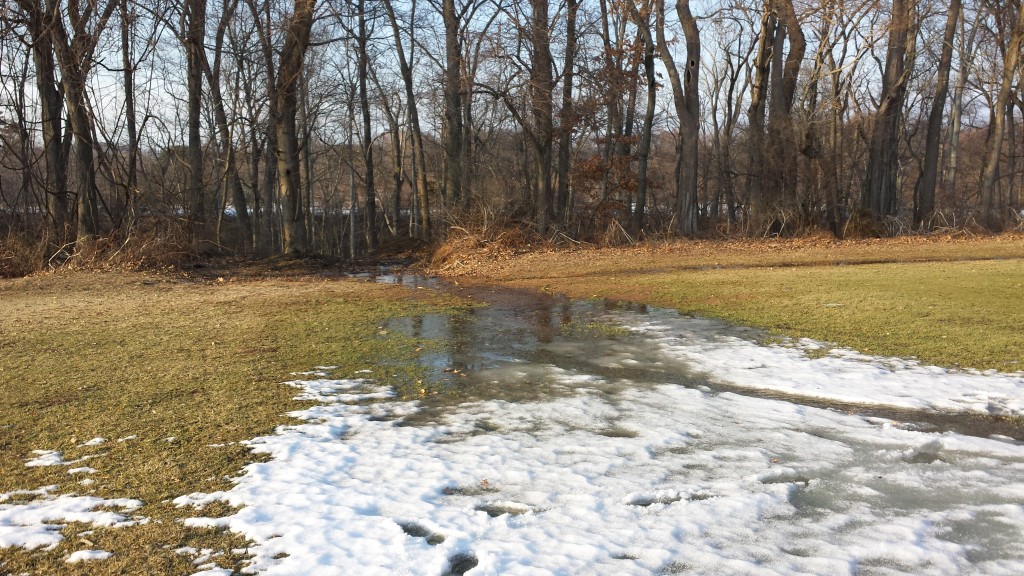The annual bluegrass weevil (ABW) is an insect that can get very ‘angry’: insecticide resistant that is. Surveys have indicated that resistance in this insect is wide spread. Dealing with insecticide resistant ABW can quickly become a nightmare. The best thing to do, if you still can, is to not get the weevils ‘angry’ in the first place. Once they are resistant, there may be no feasible way of getting them susceptible again. There are no silver bullets out there and none in development.
Resistance is Sneaky
I estimate that any golf course that has tried to intensively control ABW for at least 5 years will have some level of insecticide resistance. With intensively I mean multiple applications per year over large proportions of the golf course. Resistance tends to sneak up on people. First there are some small problems here and there that will be excused by ‘missing spots’, ‘timing off’, ‘poor weather conditions’, etc. Unfortunately, the typical reaction is to ratchet up the spraying activity. [Read more…]

